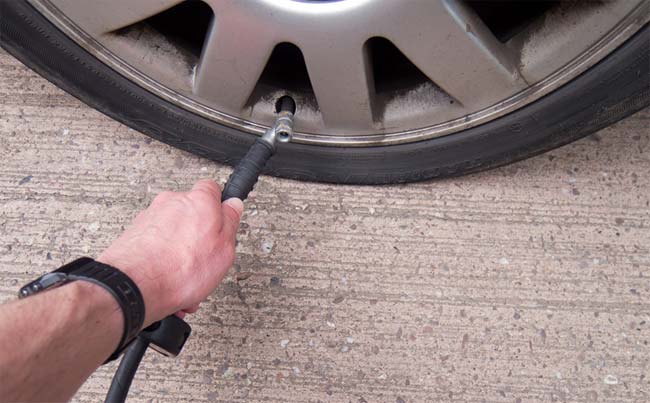Maintaining proper tyre inflation is one of the most basic car maintenance tasks, yet not everyone seems to be doing it right. According to a study by the U.S. National Highway Traffic Safety Administration, about 25% of passengers cars and 33% of light trucks have at least one tyre that’s under inflated, while 3-8% had all four tyres under inflated.
While this may seem trivial for some, driving on under or over inflated tyres can actually result in a variety of problems, from poor mileage and premature wear, to dangerous tyre failures and blowouts.
To prevent these events from happening, it’s crucial that motorists and car owners take the time to ensure their tyres are inflated to the proper levels. Australia’s trusted tyre comparison website, Tyre Compare shares some tips on how to keep the correct pressure in your tyres.
Table of Contents
1. Check tyres when they are cold
To ensure accurate reading, it’s ideal to check your tyres when they are still cold, meaning they have been parked for at least 3 hours or more, or have not been driven for more than 2 kilometres.
2. Refer to the car manufacturer’s manual
Look in the car owner’s manual or on the driver’s side door jamb to find the recommended cold tyre PSI—or pounds per square inch of pressure—for both your front and rear tyres. If you cannot locate it, better get in touch with your car dealer or a qualified tyre professional.
Recommended inflation is based on various factors and conditions your vehicle will like encounter, such as load weight and number of passengers.
3. Check pressure with your tyre pressure gauge
You can’t just conclude whether you have the correct pressures or not by simply examining your tyres visually. You need a tyre pressure gauge for this.
Remove your tyre’s valve cap then press the tyre gauge tightly on the valve stem to get a reading. You will hear a hissing sound if the gauge isn’t tight enough. If you do, adjust the angle. A standard gauge will have measurement units etched into the bar that’s pushed out from the bottom of the gauge by the pressure. A digital gauge, on the other hand, shows the measurement on the screen.
4. Record the reading and compare your tyre pressure with the recommended value
If the reading for all tyres matches the recommended value, then you’re done. If pressure is inadequate in one or more tyres, then be sure to refill it. Air compressors are available at most gas stations, but take note that most air compressors are different so make sure to read the instructions carefully before using it.
After filling your tyres, use the gauge to check if you have refilled the correct amount. It’s okay if you have over inflated them since you can just release some air out, but make sure you don’t drive on over inflated tyres.
5. Repeat the procedure every month
Make it a habit to check tyre pressures every month. Regularly checking your tyre pressure and keeping it in recommended levels is one way to ensure long tyre life, better fuel economy, and good grip.














